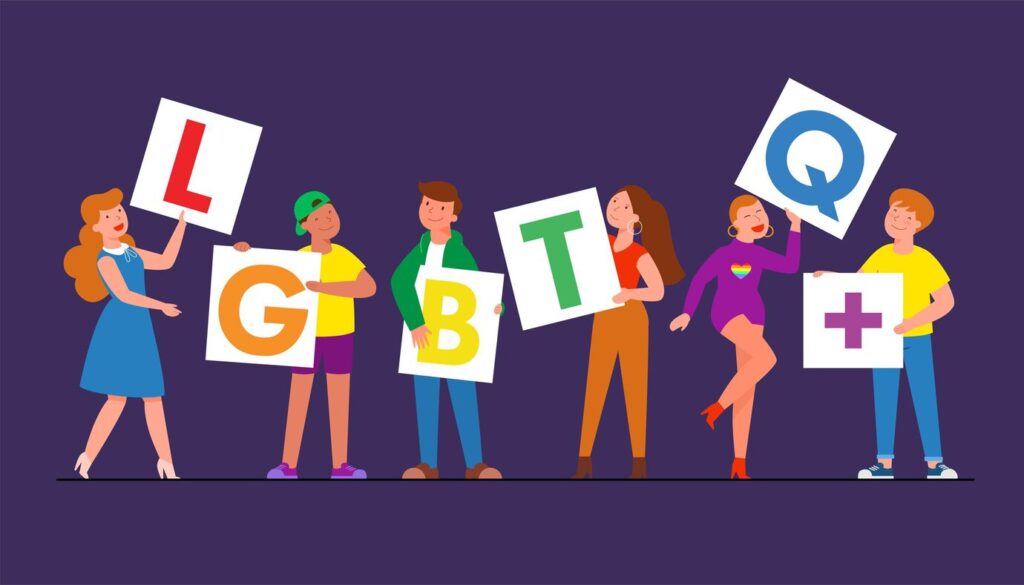The power of words is undeniable. Throughout history, words have inspired movements, shaped societies, and motivated millions to take action. Whether you’re writing a speech, crafting a compelling message, or engaging in everyday conversations, knowing how to move people with words is a skill that can make a significant impact on your personal and professional life.
In this article, we’ll explore strategies, techniques, and insights on how to move people with words. We’ll discuss how the right words can trigger emotions, prompt actions, and create lasting impressions. By mastering this skill, you can persuade, influence, and connect with others on a deeper level.
The Psychology Behind Persuasive Words
To move people with words, it’s essential to understand the psychology of persuasion. Human beings are emotional creatures, and emotions often drive decisions more than logic. The right words can tap into these emotions and encourage a person to act in ways they might not have considered otherwise. Let’s explore some key psychological principles that can enhance your persuasive abilities:
1. Emotional Appeal (Pathos)
One of the most powerful tools at your disposal is emotional appeal. When you move people with words, you’re essentially appealing to their emotions. By using evocative language, metaphors, and storytelling, you can trigger emotions like joy, anger, fear, or hope. These emotions can prompt the desired response, whether it’s buying a product, supporting a cause, or simply paying attention to what you’re saying.
For example, Martin Luther King Jr.’s “I Have a Dream” speech used emotional appeals to unite a nation and inspire generations to come. The words connected deeply with the listeners’ emotions, encouraging them to fight for civil rights and equality.
2. Logical Appeal (Logos)
While emotions are crucial, logic also plays an essential role in persuasion. Logical appeal involves presenting well-reasoned arguments supported by facts, statistics, and evidence. When you back up your claims with solid logic, you establish credibility and trust with your audience, which is essential for moving them with your words.
For instance, if you’re presenting a case to your boss for a budget increase, presenting data and evidence on how the investment will lead to a return will strengthen your argument. The logical appeal helps people make informed decisions.
3. Credibility (Ethos)
People are more likely to be moved by someone they trust. Establishing credibility, or ethos, is a vital part of persuasive communication. If your audience believes you are knowledgeable, honest, and reliable, they will be more likely to listen and act upon your words. Building ethos involves demonstrating your expertise, being transparent, and showing that you have the audience’s best interests in mind.
Take, for example, a renowned scientist advocating for climate change action. Their credibility and expertise make their words more powerful and persuasive.
4. Social Proof
Humans are social creatures, and we often look to others to guide our decisions. By leveraging social proof, you can persuade others to follow suit. Social proof involves showing that others—especially those who are similar to the target audience—have made the same decision or adopted a particular behavior. This principle taps into our natural inclination to conform and seek validation from others.
A great example of this is online reviews. When potential customers see positive feedback from others, they are more likely to make a purchase because they trust that others have had a positive experience.
Techniques for Moving People with Words
Now that we’ve covered the psychology behind persuasion, let’s dive into some actionable techniques that will help you move people with your words.
1. Use of Powerful Words
Certain words are inherently more impactful than others. Words like “love,” “freedom,” “hope,” and “change” evoke strong emotions and can stir people’s hearts. These words can make your message more compelling and memorable. When you want to move someone, choose words that resonate deeply with their values and beliefs.
Example: “Imagine a world where every person has the freedom to achieve their dreams.”
2. Storytelling
Humans have been telling stories for millennia, and storytelling remains one of the most effective ways to move people with words. A well-told story captivates the audience, making them feel connected to the narrative and its characters. Stories can be used to illustrate a point, convey emotion, or persuade someone to take action.
For instance, instead of merely stating facts about how a charity organization has helped thousands of people, you could tell the story of one individual whose life was transformed by the organization’s efforts.
3. Creating Urgency
People are more likely to act when they feel they might miss out. Creating a sense of urgency can push them to take action immediately. Words like “now,” “limited time,” and “don’t miss out” can motivate someone to make a decision sooner rather than later.
Example: “This opportunity won’t last forever. Act now before it’s too late.”
4. Ask Thought-Provoking Questions
Asking questions that challenge your audience’s beliefs or assumptions can engage them in deeper thinking and open their minds to new perspectives. Thought-provoking questions can also encourage people to consider how they would act or feel in a particular situation.
Example: “What kind of world do you want to leave behind for future generations?”
5. Use of Analogies and Metaphors
Analogies and metaphors make complex ideas easier to understand and more relatable. They can also evoke vivid imagery that helps people connect emotionally with your message. By comparing an abstract concept to something familiar, you make your words more tangible and persuasive.
Example: “Starting your day without a plan is like setting sail without a map—you may end up lost or off course.”
6. The Rule of Three
The rule of three is a powerful rhetorical device that suggests that things presented in threes are more satisfying, memorable, and effective. When you present three key points, it gives your message structure and helps reinforce the idea you’re trying to convey.
Example: “Our mission is to empower people, inspire change, and create a brighter future.”
Comparison Chart: Key Persuasive Communication Techniques
| Technique | Description | Key Benefit | Example |
| Emotional Appeal (Pathos) | Uses emotion to influence decisions | Connects with the audience’s feelings | “Together, we can make a difference.” |
| Logical Appeal (Logos) | Uses facts, statistics, and reasoning to persuade | Builds trust and credibility | “The data shows a 30% increase in sales.” |
| Credibility (Ethos) | Builds trust and authority through expertise and honesty | Enhances audience confidence | “As a climate scientist, I urge action.” |
| Social Proof | Shows that others have made similar decisions or taken similar actions | Increases trust and relatability | “Thousands of people already trust our service.” |
| Urgency | Creates a sense of time pressure to prompt immediate action | Encourages swift decision-making | “Hurry, the offer ends tonight!” |
| Storytelling | Engages the audience through narrative and emotion | Deepens connection with the audience | “Let me tell you about John, a hero in our community.” |
Real-Life Examples of Moving People with Words
1. Winston Churchill’s Speeches
During World War II, Winston Churchill delivered speeches that motivated a nation to fight against all odds. His words instilled hope and unity among the British people in the face of adversity. One of his most famous lines, “We shall fight on the beaches,” rallied the British public and reinforced their resolve.
2. JFK’s Inaugural Address
John F. Kennedy’s inaugural address is another example of how powerful words can inspire action. With the famous line, “Ask not what your country can do for you—ask what you can do for your country,” Kennedy challenged the American people to engage in public service and contribute to the nation’s progress.
3. Steve Jobs’ Product Launches
Steve Jobs was known for his ability to move people with his words during Apple product launches. His presentations often involved simple, yet profound statements that ignited excitement and curiosity in the audience. For example, when introducing the iPhone, he famously said, “Today, Apple is going to reinvent the phone.”
The Role of Nonverbal Communication
While words are powerful, nonverbal communication (such as body language, tone of voice, and facial expressions) plays a significant role in how your message is received. When paired with the right words, nonverbal cues can amplify your message and make it even more persuasive.
1. Voice Modulation
Varying the pitch, tone, and speed of your voice can enhance the emotional impact of your message. A well-timed pause or an enthusiastic delivery can grab attention and emphasize key points.
2. Body Language
Gestures, posture, and eye contact can convey confidence, sincerity, and passion. People are more likely to be moved by someone who communicates with conviction and authenticity.
Conclusion: How to Move People with Words
Moving people with words is an art that blends psychology, persuasive techniques, and authentic communication. By understanding the emotional, logical, and ethical aspects of persuasion, you can craft messages that resonate with your audience on a deep level. Whether you’re delivering a speech, writing content, or engaging in a conversation, the key to moving people lies in the words you choose and how you deliver them.







